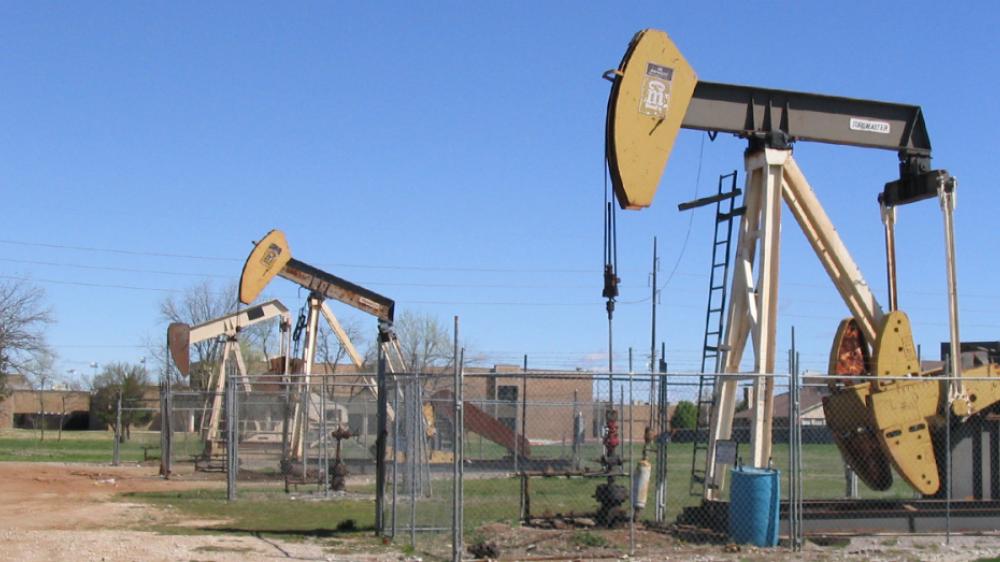Artificial lift is a method used to extract oil and gas from reservoirs that are not able to sustain their own production. This technique is often used when the reservoir pressure or natural drive mechanisms are inadequate to bring the hydrocarbons to the surface. Artificial lift systems use mechanical means to bring the fluids to the surface.
Types of Artificial Lift: There are several different types of artificial lift systems, all of which have their own advantages and disadvantages. The most common types of artificial lift systems include rod lift, electric submersible pump (ESP), gas lift, progressive cavity pump (PCP), hydraulic pumping, and plunger lift. You can also choose PCP and sucker rod for better ESP artificial lift solutions.

Image Source: Google
Each type of artificial lift system works differently. Rod lift systems use a series of rods and pumps to lift the oil and gas from the ground. Electric submersible pumps use electric motors to draw oil and gas from the ground.
Advantages of Artificial Lift: The main advantage of using artificial lift systems is that they can significantly increase the rate of production from a reservoir. This means that more oil and gas can be extracted from the same reservoir, resulting in increased revenues for the oil and gas company.
Another advantage to using artificial lift systems is that they can be used in remote or difficult-to-access locations. This is important for many oil and gas companies, as it allows them to access fields that would otherwise be inaccessible. Additionally, artificial lift systems are relatively low-cost and require minimal maintenance.